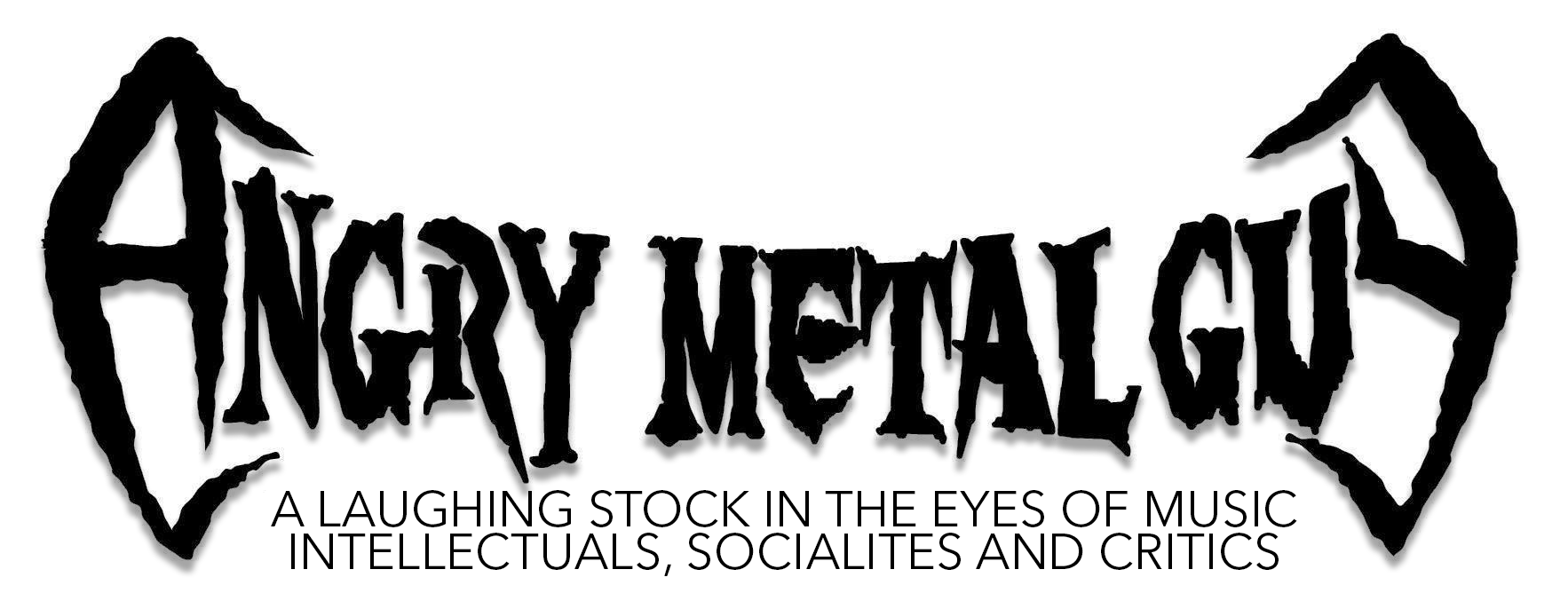Angry Metal-Fi is a series of articles that are cross posted on Angry Metal Guy and Metal-Fi as a collaborative effort to evangelize dynamics in metal. In this particularly entry Dave-Fi takes on some myths about vinyl in honor of Record Store Day, explaining why one might want to use it… but why it ain’t perfect.
 Perhaps you’ve noticed the increasing popularity of Record Store Day or the multitude of recent news articles talking about how “vinyl is back.” The numbers don’t lie. After cratering following the introduction of the CD, vinyl sales started a meteoric rise beginning around 2007, and it’s showing no signs of stopping. Meanwhile, CD sales continue to decline, and for the first time ever, digital sales at stores like iTunes are flat. So what’s going on?
Perhaps you’ve noticed the increasing popularity of Record Store Day or the multitude of recent news articles talking about how “vinyl is back.” The numbers don’t lie. After cratering following the introduction of the CD, vinyl sales started a meteoric rise beginning around 2007, and it’s showing no signs of stopping. Meanwhile, CD sales continue to decline, and for the first time ever, digital sales at stores like iTunes are flat. So what’s going on?
The CD has been fighting a war on two fronts against both digital stores and streaming services like Bandcamp and Spotify, and it’s losing. It does makes sense, the devices that most people use to listen to music no longer have CD drives. So if your music is just going to end up as a digital file anyway, why not just buy it that way in the first place or just pay a small monthly fee to listen to what you want, when you want?
Of course what you lose by abandoning the CD is tangibility, artwork that you can flip through, exquisite layouts, in-depth liner notes, etc. all of which are yours1 as opposed to some digital files and images. That’s been one of the major arguments as to vinyl’s recent success, people want that physical connection with an album, and a 12” cover is a lot more impressive than a 5” one inside a plastic shell. In fact, I know people with cheap table radios with turntables attached. Clearly audiophile sound quality isn’t a top priority, these radios sound no better playing vinyl than low-bit MP3s. There’s also the collector market, the people who scout ultra limited, 100 copy pressings that can be flipped for a nice profit. While these two groups (along with plenty of hipsters) have helped vinyl make its comeback, that’s not all there is to it. There is another group of people like me, who buy vinyl because it can sound much better than CD. There are loads of misconceptions about that, and the main purpose of this piece is to bust a few myths and explain why vinyl can actually sound better.
Myth 1: Vinyl has an “analog warmth” to it that you just can’t get from CD.
False. Thirty years ago when albums were engineered and recorded on tape, that might’ve been true. And though some of earliest CDs were made from all analog recordings, they were often not very good. But those days are long gone, today everything is done digitally, and album masters are just digital files on hard drives. 99% of the time new vinyl is cut and pressed from one of these files, and the only thing analog about it is the playback.
Myth 2: Vinyl is nonsense for audiophile nutcases to obsess over. It’s noisy and sounds worse than CDs.
False. Badly pressed vinyl or picture discs can often be noisy, but for the most part, if you keep your vinyl clean and in good shape, you can keep surface noise to a minimum. It will never be as quiet as digital of course, but otherwise there’s no reason for it to sound noticeably worse than a CD.
Myth 3: Vinyl can’t be hyper loud like modern CDs because it will damage the cutting lathe.
Half true. A great many CDs released in the current Loudness War are mastered close to or at max volume, and you can’t cut a vinyl record like that. However, you can simply drop the overall level of the recording so it can be safely cut to vinyl without changing the dynamic range compression. Engineers and labels sometimes choose instead though to create a dedicated, uncompressed or less compressed master specifically for the vinyl release, and that’s what makes this whole endeavor worthwhile, and where vinyl’s sound quality advantage stems from.
If you’ve read any of our previous articles, you’re aware that the industry has decided in its collective wisdom to cut the dynamic range of music roughly in half from the the typical levels prior to around 1992. There are rare exceptions like Gazpacho’s Demon, and as AMG astutely wrote in his review: “it’s nice to know that the digital master for the CD is this good, instead of saving that shit for vinyl like somehow only people who buy vinyl like music for real.” What he is referring to is the fact that in many cases, the vinyl master will actually sound noticeably better than the digital one. You see since vinyl is a low volume and still largely niche product, the usual excuses for making a release as loud as possible simply don’t apply. As a result, the vinyl gets mastered with the same high level of dynamics as those classic metal albums from the ‘80s and early ‘90s.
There are loads of downsides to vinyl ownership though. It’s expensive to buy, it can easily warp and scratch, and if the needle hits a speck of dust, you’ll hear it as a click or pop. Worse, some metal albums are limited to as few as 500 copies, and if they are all sold out, you may have to pay hundreds of dollars for a copy, assuming you can find one at all. Labels are also looking to cash in on vinyl’s new found popularity, and so there’s plenty of lazily produced, poor sounding special edition reissues out there. And even with new vinyl, there’s never a guarantee of a dedicated, dynamic master, only the possibility. If the vinyl is sourced from the CD, it will sound every bit as bad.
When you listen to an album with a dedicated vinyl master like Amon Amarth’s With Oden on Our Side though, with full dynamic range and all of the glorious Viking thunder that goes along with it, suddenly all of the annoyances become worth it. The cleaning, brushing, side flipping, etc. It’s all worth it to hear Fredrik Andersson’s kick drum shake the very earth. In addition to the higher cost of the records themselves, you’re going to need to spend at least a few hundred dollars on a turntable if you want to do them justice. So if you have the means, give it a try, you may be glad you did.


















